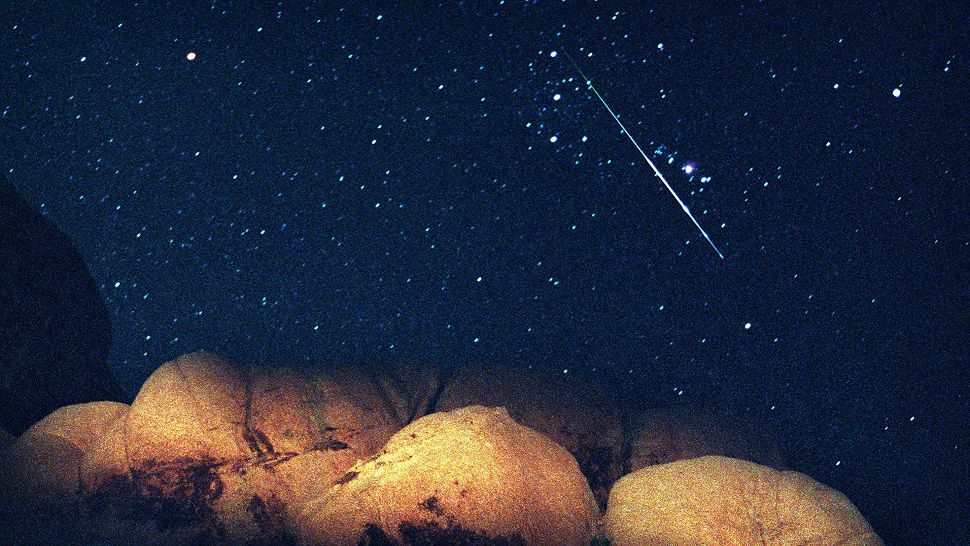ST. PETERSBURG, Fla. -- It's a great week to look up the skies starting with the "Parade of Planets" and ending with the Perseid Meteor Shower.
- Venus, Jupiter, Saturn, Mars all currently visible
- St. Petersburg College will have telescopes available for occurrence
- Perseid meteor shower will occur this weekend
"We have four bright planets stretched across the sky right now-which is great for stargazing," said Dr. Craig Joseph, Planetarium Director at St. Petersburg College.
"The really neat thing about this particular arrangement of planets is how they’re spaced across the sky like pearls on a necklace,” said Joseph.
Venus, Jupiter, Saturn and Mars are all currently visible to the naked eye. And Joseph will have telescopes available this week to the public for even closer views of this unusual occurrence.
Joseph says Saturn is spectacular.
"Even though it looks small in a telescope, you can clearly see the rings," he said. "And the four bright moons of Jupiter."
The telescopes will be set on each of the four planets and available to the public for viewing at the Natural Science Building on the St. Petersburg/Gibbs Campus.
The bright moon of Planet Earth will not be interfering with this weekend's Perseid meteor shower. It's in its darkest phase.
But the best viewing time of the debris from the tail of the Swift-Tuttle Comet burning up in our atmosphere?
"You can still see part of the showers in the evening hours, but the best time is after midnight," explained Joseph.
And you need to get away from the city glow.
John O’Neill, Public Relations Director for the St. Petersburg Astronomy Club, heads north to city of Chiefland with a group of star gazers, and other members of the club will be at their observatory at Withlacoochie River Park.
"If you go to the beach and you look northeast, you'll see the meteors," said O’Neill.
"Just lay on your back look around every minute or so you'll see a meteor falling star," said Joseph.




